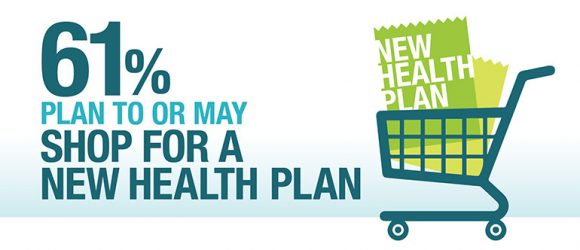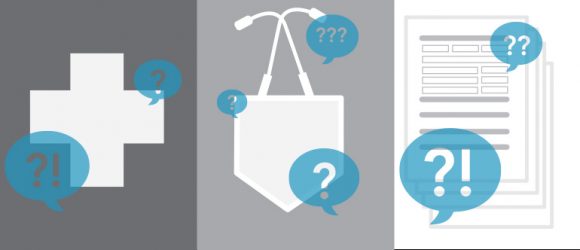ACA’s Second Round Still Poses Challenges for Payers

“Been there, done that.” Think that’s what insurers are saying about this year’s health insurance enrollment period? Think again!
Tomorrow marks the re-opening of the ACA’s healthcare marketplaces, and while having a year under our collective belts should make the process smoother than the first time out, this year presents both new and continuing challenges.
Who’s staying? Who’s going? Last year’s launch was plagued by delays, canceled plans, problematic web sites and general consumer angst. Still, an estimated 7.1 million enrolled. That means insurers will juggle re-enrollment along with reaching potential new members. In a more crowded market. With an expanded list of players.
As a recent Wall Street Journal article points out, insurers recognize that keeping members is more efficient than finding new ones, but the process is complicated. Many are taking extra steps to not only remain the first choice for benefit coverage, but to become trusted advisors in the process. WellPoint Inc. is mailing, emailing and even phoning its 751,000 exchange enrollees. Independence Blue Cross is holding re-enrollment sessions and sending members enrollment cards with key information and dates for re-enrollment and subsidy updates.
If existing customers do nothing, many will be re-enrolled automatically. But that is a fine line to walk for insurers, as individuals must return to the marketplace sites to update subsidy information (or risk wrong amounts or even risk losing the assistance). And in states using the federal exchange, there are new technical issues to be aware of. For example, individuals who purchased a plan on the exchange last year and are opting for a change in carriers this year could find themselves with two bills in January, as the system lacks a way to alert the current insurer that an individual has left. In addition, there is some concern that the federal government has insufficient or outdated addresses to mail the needed tax forms to those who are subsidy-eligible.
All agree, however, that there is still an untapped pool of uninsured and underinsured to attract to the marketplace. If last year proved one thing, it’s that one cannot assume “if you build it, they will come.” In fact, more insurers recognize they must go where the fish are, and they are taking greater steps to immerse themselves in the communities they serve. From targeting consumers in retail outlets like Target, to sending staffers fluent in another language to speak with workers, to using different marketing channels like Google hangout or Twitter to attract a younger consumer, the marketing net being cast has widened.
Despite the recent HHS announcement reducing expectations for enrollment to between 9 and 9.9 million (vs. the projected 13), insurers seem prepared to take advantage of the season. In an era of increasing competition, many are striving to keep costs low, as this audience can be particularly price sensitive. Others are taking advantage of another pain-point that emerged this year: “Do you cover my doctor?” The rise of narrow networks has taught the consumer to search the fine print, and those with broad networks will be likely to push that angle in the shopping process.
It may still take a few years to get all the wrinkles out of the system, but it seems health insurance shopping for individuals is here to stay. If you are an insurer lucky enough to gain ground in last year’s initial “land grab,” are you going to keep the new customers? Will health insurance be one those of those products and services that comes with a fair amount of inertia? Or is today’s new healthcare consumer becoming savvier, in a better position now to shop for the value that matters to them?
One thing is for sure, there’s nothing “same old, same old” about open enrollment. We’ll be watching!









